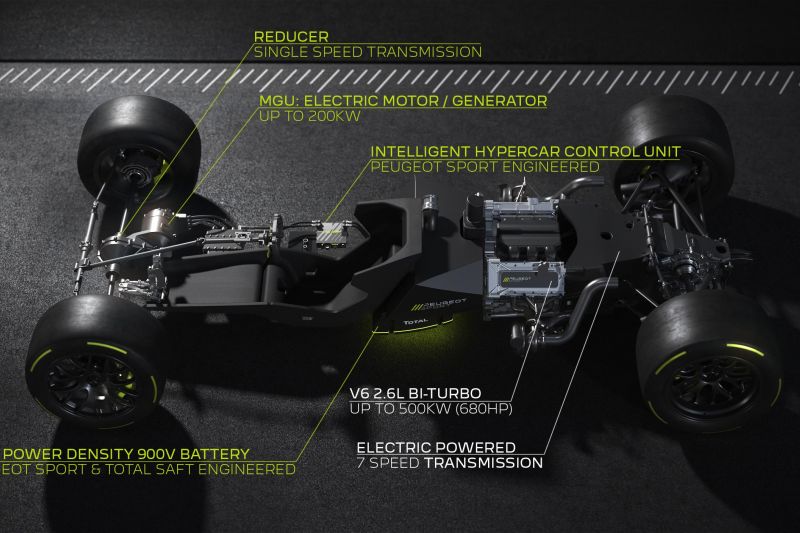Peugeot’s plan to build a road-going version of its Le Mans Hypercar is over before it begun.
Originally, Le Mans Hypercar regulations forced carmakers to build 25 road-legal versions of the cars they planned to enter in the race. However, the rules have since been relaxed.
“We are entering the Le Mans Hypercar category via building a 100 per cent race prototype only,” Peugeot said in a statement published on CarThrottle.
“We are not due to build any road-car/road-hypercar model or to have any connection with a road model to get homologation of our race-car. Nonetheless, there are bridges between Peugeot Sport Engineered and the Peugeot endurance program.”
The rules saw the creation of the Toyota GR Super Sport, a limited-run homologation flagship for the growing Gazoo Racing brand. Also confirmed for 2021 is an entry from Scuderia Cameron Glickenhaus.
Peugeot has confirmed its Le Mans Hypercar entry will be four-wheel drive, with an electric motor making 200kW of power on the front axle and a 2.6-litre mid-rear-mounted combustion engine driving the rear wheels.
Total output will be 500kW of power, and the engine will be 90-degree V6. It’ll be mated to a robotised seven-speed sequential transmission with paddle shifters, while all the major controls will by-wire and therefore adjustable.
The battery will be a 900V unit developed alongside Saft, a subsidiary of lubricant company Total. It’ll be mounted below the fuel tank in a carbon housing. Although it will be charged using a wall plug pre-race, the car will operate purely on regenerated energy during the race.
While a Le Mans Hypercar is well removed from Peugeot’s line-up of hatches, wagons and SUVs, there are some details that align Peugeot Sport’s racing car with regular cars.
In particular, the three glowing LED fangs on each side of the front end – “claw marks” in Peugeot parlance – are reminiscent of regular Peugeots’ daytime running lights.





